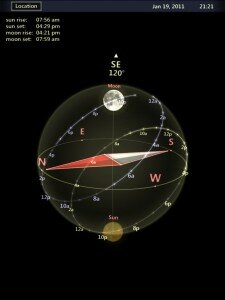Fill Up To Flow – The Key To Creative Success
The key to creative success is excess, suggests Anais Nin, because creation comes from overflow.

“You must not fear, hold back, count or be a miser with your thoughts and feelings.
“… Creation comes from an overflow, so you have to learn to intake, to imbibe, to nourish yourself and not be afraid of fullness.
“The fullness is like a tidal wave which then carries you, sweeps you into experience and into writing. Permit yourself to flow and overflow, allow for the rise in temperature, all the expansions and intensifications.
“Something is always born of excess: great art was born of great terrors, great loneliness, great inhibitions, instabilities, and it always balances them. If it seems to you that I move in a world of certitudes, you, par contre, must benefit from the great privilege of youth, which is that you move in a world of mysteries.
“But both must be ruled by faith.”






![what makes me feel as though I belong... [is] what goes on in my mind when I am writing.](/wp-content/uploads/2013/03/imgres-33-75x75.jpeg)












